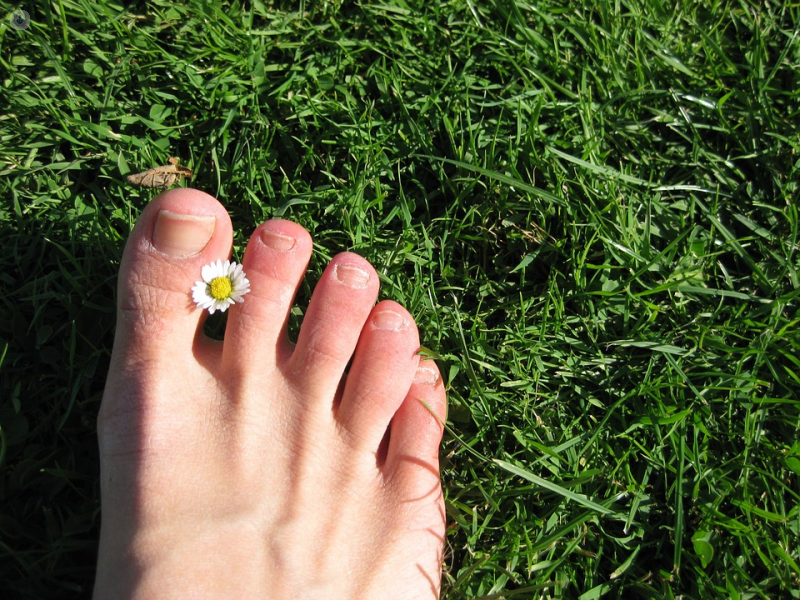Skin fungus
What is skin fungus?
Skin fungi are microorganisms that can cause several skin conditions. We all have fungi on our dermis and epidermis. They don’t usually cause any issues to our body, but sometimes they can.
In some cases, fungi can become infectious agents, thus posing a threat not only to your health but also those of your household and close contacts. Fungal infections are more common during the summer with high humidity, heat, and in crowded places.

There are two main sub-groups of skin fungi:
- Superficial mycoses (or cutaneous mycoses): they affect the surface of the skin, nails or mucosae. This group of fungi are called 'tinea' or 'ring worm'.
- Subcutaneous mycoses: they extend deeper into the dermis.
The most common types of skin fungi are:
- Dermatophytosis: it affects the nail and body hair (keratinised areas);
- Candidiasis: this fungus grows in the body’s most humid areas (groin, armpits or in between the fingers and toes);
- Pityriasis versicolor: it causes flaky, discoloured patches to appear on the neck, shoulders, chest, stomach, arms and face.
What are the symptoms caused by skin fungus?
The most common symptoms include:
- Skin discolouration (ash-like and scaly white, red or brown patches);
- Hair loss or alopecia;
- Itchy skin;
- Inflammation and irritation.
How are skin fungus conditions diagnosed?
Skin fungus can be diagnosed by visiting a dermatologist. They may do additional investigations, including:
- Taking a sample from your skin, body hair or nails to be sent back to a laboratory for further testing;
- Woods lamp examination: a particular type of UV light that causes fungi to fluoresce when present. The examination has to take place in a darkened room for the fluorescense to be visible.
What causes them?
You can be more susceptible to fungal infections in these instances:
- Unhealthy diet;
- Poor hygiene;
- Stress;
- Hot temperatures;
- Excessive sweating;
- Wearing tight clothes;
- An impaired immune system, eg diabetes, taking antibiotics, or taking any medication that might suppress the immune system.
How can skin fungus infections be prevented?
Here are some steps you can take to prevent a fungal infection:
- Ensure you wear clean, breathable underwear made with natural fibres (e.g. cotton);
- Wear flip flops if you shower at the gym or at a public pool;
- Thoroughly dry yourself after showering and be extra careful with the most humid areas of the body;
- Avoid taking medications like antibiotics for longer than they have been prescribed for.
- Keep yourself in optimal health through exercise, a good diet that is low in sugars, and get enough rest
How are skin fungus problems treated?
Treatments largely depend on what kind of fungal infection you have and how severe it is. The most common treatments are:
- Antifungal medications, to be applied directly on to the area of irritation;
- Oral antifungal medication, in the case of persistent, widespread or serious infections.
- Oral antifungal medications for fungal infections of the scalp and hair (topical medication is not curative for this type of fungal infection)
- Corticosteroids, to help with the itching.
Which doctor should I talk to?
You should see a dermatologist as soon as possible to accurately diagnose and adequately treat a fungal skin infection.
